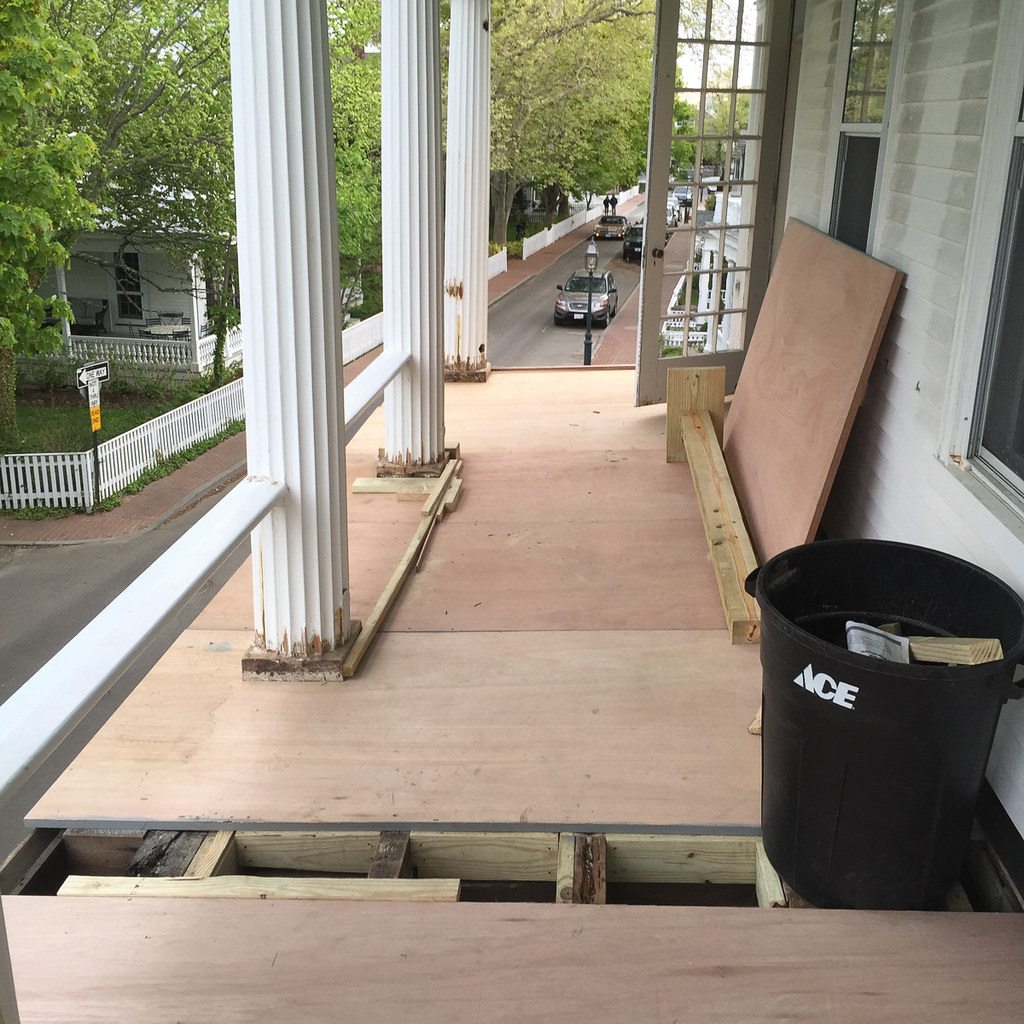Meranti plywood, long known as Philippines Mahogany, is a product of the Red Mahogany tree, which grows in Indonesia and the Philippines. However, the name “Philippines mahogany” doesn’t just apply to the wood of one tree, but rather to several trees which produce similar looking wood with similar characteristics. This makes actual identification of the wood a bit difficult at times.
Part of the difference here is a change in terminology. The name Philippines Mahogany, which was used for years, especially in the boat-building industry; however, that has been replaced by the more accurate and correct name of meranti. It is possible to find both names still in use, especially when talking about older wood boats, but current manufacturing uses the term Meranti, rather than the older term of Philippines Mahogany.
Nevertheless, if you find something listed as Philippines Mahogany, it is probably meranti, whether it is the light or dark red variety. Individual trees can grow up to 200 feet tall, with a six foot trunk diameter. Better yet, from a woodworking point of view, the first branches may be 90 feet off the ground, allowing for a large amount of knot-free wood from one tree. This, of course, helps to keep the cost down.
Meranti wood has a similar appearance to Honduran mahogany, although it is slightly heavier. Yet the wood is not quite as strong or hard as actual mahogany is. These differences make it so that furniture and other things made out of Honduran mahogany will last longer than those made from Philippines mahogany. Making up for this, Meranti plywood is cheaper and more readily available than Honduran mahogany.
Meranti plywood is sometimes sold as “Lauan” plywood, although it is darker than most lauan. However, lauan is a bit of a catch phrase, used in reference to thin plywood that is most often used as underlayment, rather than any particular species of wood.
The similar appearance of meranti plywood to actual mahogany has led to it being used in many of the same ways that mahogany is. We can find meranti plywood used extensively in furniture making, cabinetry and boat building. It can also be found used in wood paneling and hollow core doors. As a lumber, rather than a plywood, meranti is used for light structural framing, molding and trim. In many cases, it is not uncommon for it to be referred to as either mahogany or Philippines mahogany. When used for exterior and marine applications, the wood should be sealed. While it has good resistance to rotting, it cannot hold up to severe weather situations.
One of the reasons for the popularity of meranti and meranti plywood is its relatively low cost. Meranti boards run roughly $2.50 per board foot, about a third the cost of low-cost walnut. As a plywood, its price is roughly comparable to other hardwood plywood. It can sometimes be found at local lumberyards and home improvement centers, but it may be necessary to get it by special order, especially if a large amount is required.

The wood is medium to coarse grained. While it is predominantly straight-grained, it can have crossing grain. The open grain of the wood can be problematic for planting, jointing and sanding, as it will leave tiny fibers sticking up out of the surface. The wood is a bit harder than pine, but not anywhere near as dense as the more common hardwoods, like oak, maple and walnut. It machines well, holds well with screws and will accept all types of adhesives.
As with plywood in the general category of lauan, meranti plywood can be difficult to crosscut, with a tendency to splinter. Low-cost plywood with thin veneer makes this even worse. Care must be taken, using techniques that help prevent splintering, such as using sharp blades and bits, taping the face veneer and cutting through from the back side, using a sacrificial piece so that any tearout happens in it, rather than the meranti, or scoring through the veneer with a knife before sawing the wood.
Being an open-grained wood, meranti plywood should be primed before painting or have a paste wood filler used on it before varnishing (either before or after staining). Using wood filler allows the opportunity to tint the wood filler, creating unique and spectacular effects in the finish.



